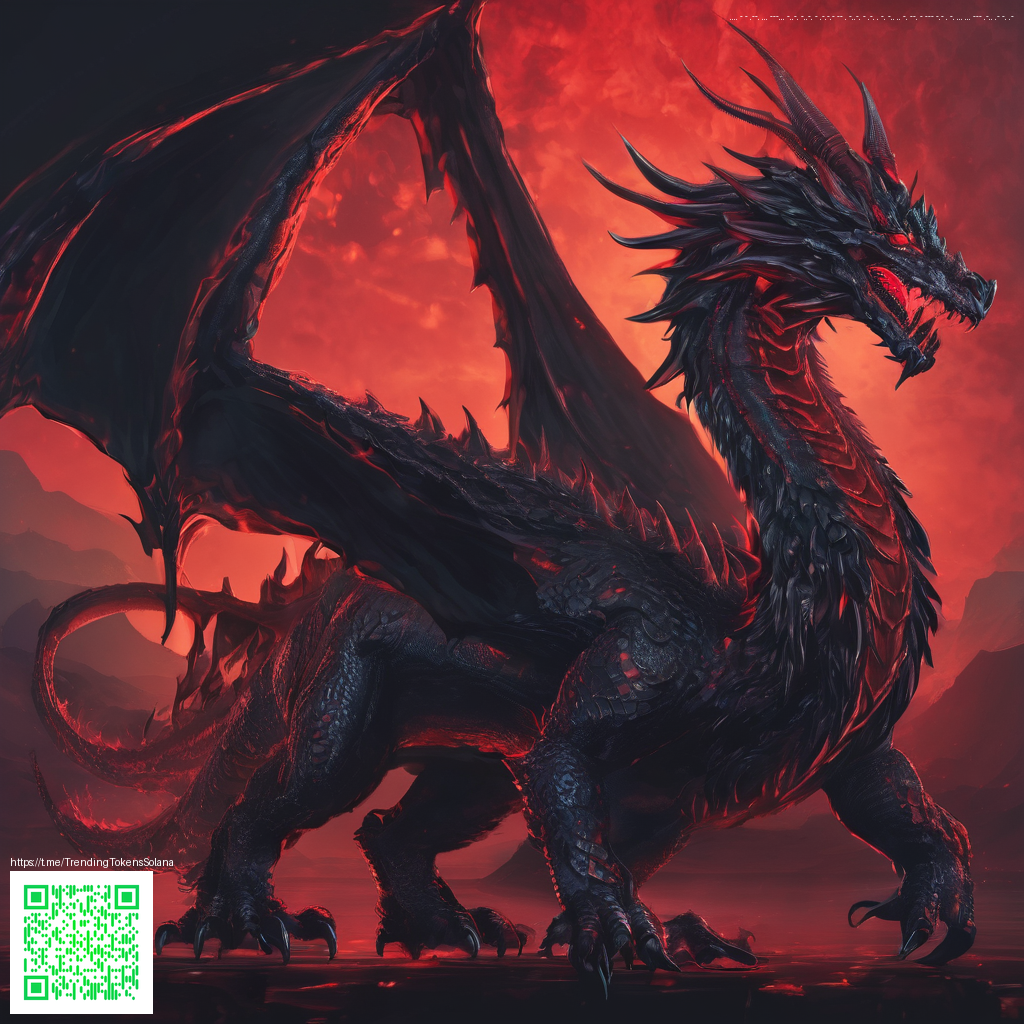
Outriders and the Genre-Bending Shift That Captured Players
When Outriders first launched it stood at a crossroads between fast paced shooting and deep loot driven progression. The team fused explosive gunplay with power based abilities that felt almost like an action RPG in a co operative frontline. That combination created a fresh rhythm for players craving both reflex driven combat and strategic build crafting. Rather than sticking to a single formula the game invited teams to experiment with what works, making each squad feel uniquely capable in the same mission.
Gameplay analysis
The heartbeat of the experience rests on four distinct classes and a skill system that rewards synergy. The Trickster leans into mobility and timing, the Pyromancer channels explosive area damage, the Devastator acts as a bulwark in the line, and the Technomancer stitches the team together with utility and tech oriented abilities. The interplay between gunplay and power usage creates moments of controlled chaos where a well timed shield, a well aimed blast, and a perfect set of gear effects can flip a fight in an instant. This is not a run and gun a single approach works best only when players understand how to sequence their abilities with their weapons.
Endgame progression leans into World Tiers and Anomaly levels, pushing teams toward longer co op engagements and more demanding loot hunts. The loot loop is designed to reward experimentation with different weapons and armor sets, while the challenge demands careful positioning and team coordination. The result is a hybrid playground where players learn to treat each encounter as both a test of aim and a test of build logic. The emphasis on loot variety and power synergy helped redefine expectations for what a cooperative shooter could offer beyond linear campaigns.
Community pulse
The broader community leaned into build sharing, guide writing, and late night theory crafting. Players posted loadout experiments, rating which sets delivered the strongest combinations for specific endgame goals. Community sentiment often centered on the sense that this title rewarded experimentation more than rigid following of a single meta. The social fabric around the game grew through streams, clips, and long form guides that walked new players through early branching choices and late game risk versus reward decisions. The collaborative spirit turned high risk fights into shared storytelling moments for teams of friends and strangers alike.
Patch cycles played a big role in shaping perception too. In mid 2022 community discussions highlighted ongoing tuning and quality of life improvements. A notable patch note addressed a bug affecting the Transmog system for a particular gear set, underscoring how even cosmetic features could influence the perceived depth of loot progression. These updates signaled a commitment to polishing the experience without sacrificing the core loop that kept players engaged.
Update coverage and live service rhythm
Updates over the game's lifespan emphasized not just balance but also accessibility and endurance. Developers balanced weapons, adjusted power interactions, and refined endgame pacing to prevent stagnation. The ongoing communication from the studio helped players feel that the world was evolving in meaningful ways rather than just receiving cosmetic add ons. Community threads and patch recaps became a staple in keeping players aligned with the latest shifts in how challenges were designed and delivered. The result is a live service model that treats the game as a living, breathing platform rather than a one off experience.
Modding culture and player driven creativity
Outriders does not ship with a formal modding toolkit, yet the fan base has built a robust culture around analyzing and optimizing builds. Players share damage calculators, reference damage per second math, and curate extensive wikis that enumerate gear synergies. The creative energy around character customization extends beyond gear to naming conventions, team strategies, and the choreography of powerful combos. While fans cannot inject new content into the core game through mods, they shape the community narrative by documenting best practices, testing odd ball builds, and remixing cooperative strategies in playful ways.
Developer commentary and the live service philosophy
From the outset the development team signaled an intent to treat Outriders as a platform rather than a single product. The philosophy emphasized ongoing seasons, new loot templates, and evolving endgame experiences that would reward persistence and cooperation. This approach helped the game stay relevant as players sought fresh challenges and new gear to chase. The community responded with enthusiasm for rapid iteration and transparent communication, which kept the collaboration between players and developers feeling authentic and constructive.
For players looking to extend their real world gear collection while they chase digital power, a tangible companion is just a click away. Check out the utility oriented accessory below that suits gamers who value organization on the go. Phone Case with Card Holder MagSafe Polycarbonate